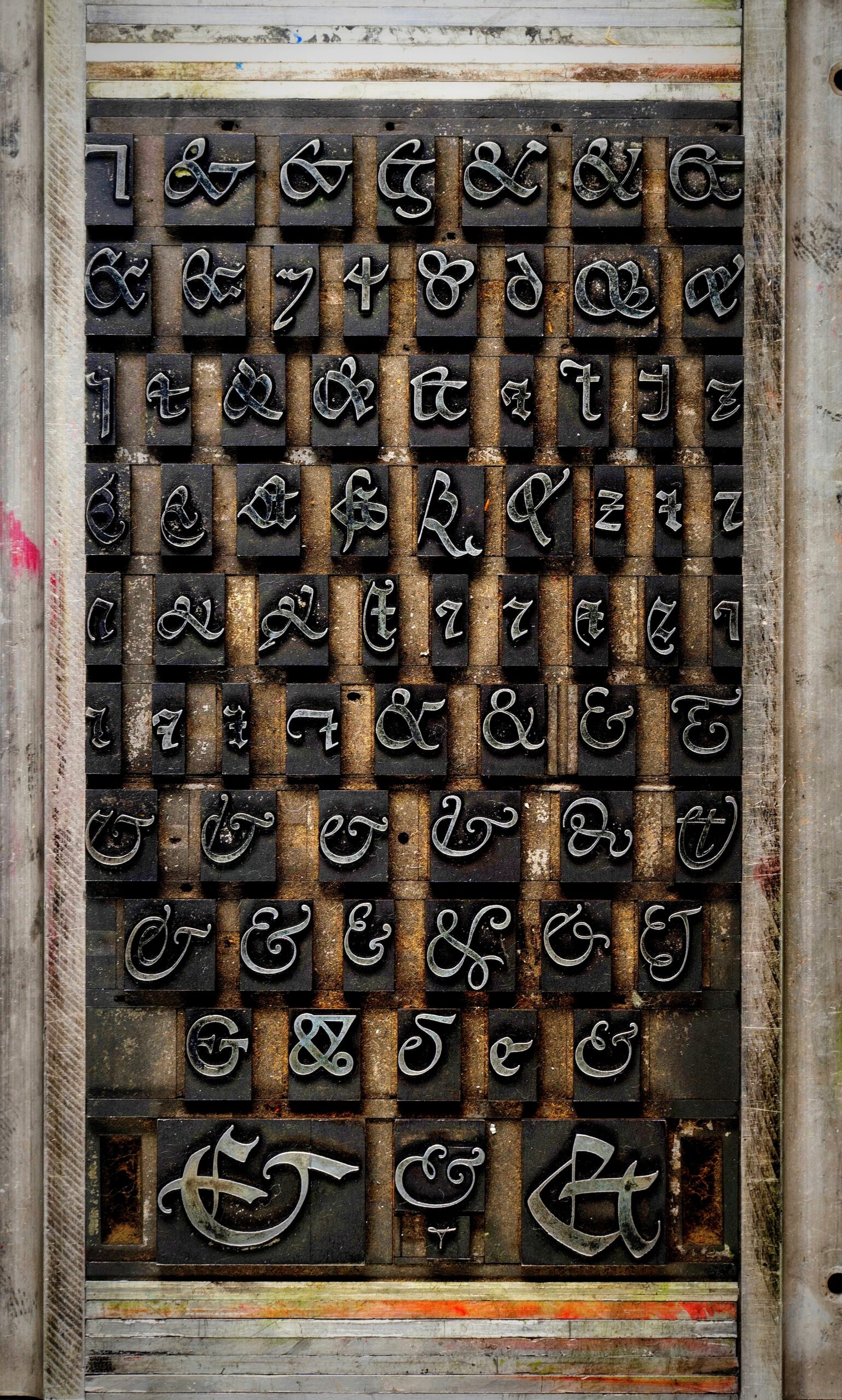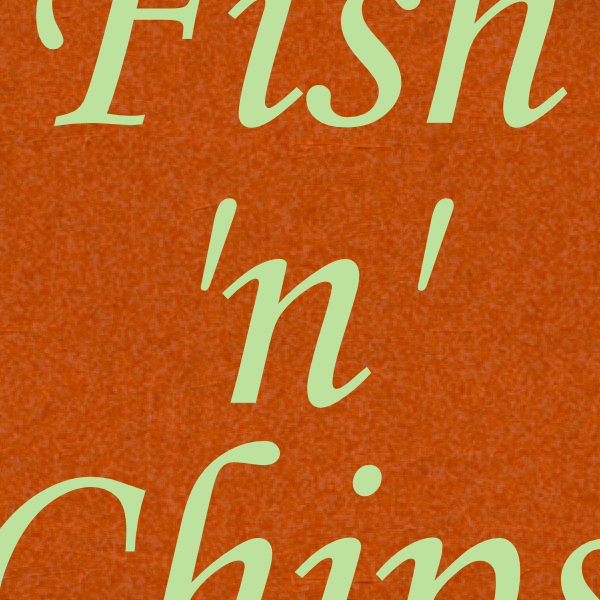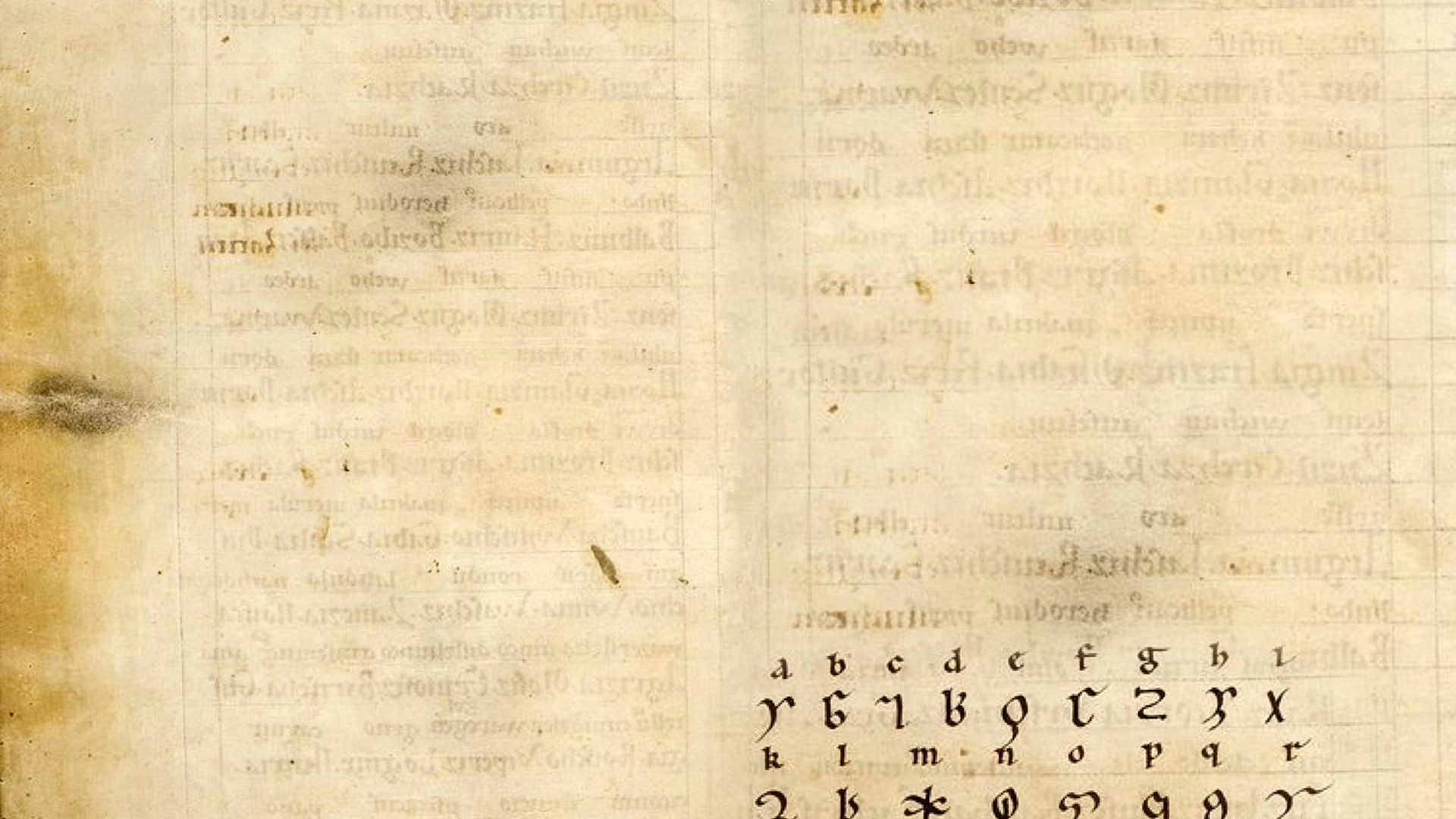 ⁊ is shorthand for the word et which means “and” in Latin. It shows up in place of “and” seven times in the only copy we have of the Rune Poem. The placements seem random, for example the Gift stanza contains “and” written out twice and ⁊ twice:
⁊ is shorthand for the word et which means “and” in Latin. It shows up in place of “and” seven times in the only copy we have of the Rune Poem. The placements seem random, for example the Gift stanza contains “and” written out twice and ⁊ twice:
Gumena byþ gleng and herenys,
wraþu ⁊ wyrþscype, ⁊ wræcna gehwam
ar and ætwist ðe byþ oþra leas.
The copy of the Rune Poem we have was copied from an older version which burned in a fire and which may have itself been a copy. It’s copies all the way down, so we have no idea what sorts of abbreviations were used in early versions or how frequently. We do know the universal truth that scribal hands get tired. Fingers cramp. Ink runs out and it’s a whole thing to make more. Writing takes time, so corner cutting is essential.
The ⁊ is called a Tironian et, after Tiro the scribe, corner cutter, valued personal assistant, slave, trusted collaborator, alphabet inventor, who grew up in Cicero’s household, became beloved like family, and made himself particularly indispensable for his ability to take perfect dictation in shorthand while Cicero ate dinner. Multitasking is to be prized. Prior to Tiro there was no system of shorthand in Latin capable of writing whole sentences, and Cicero was a talker. Because of Tiro’s shorthand, Cicero was able to be a prolific writer too. He produced written works in far greater quantities than any other writer in Latin. By far. And he wrote masses of letters.
Trionian shorthand spread, expanded, contracted, and stuck to the word “and” for centuries. With a word like “and,” the indispensable personal assistant of written language, whatever you use to represent it, lasts. ⁊ took particular hold in Britain where it survived for more than a thousand years as one of those things left behind by the Roman occupation. Ireland loved the ⁊ even more and still use it to this day. The rest of us use a ligature (conflation of symbols) of E and T, which also stands for et: &.
Write an E. Now cross it.



